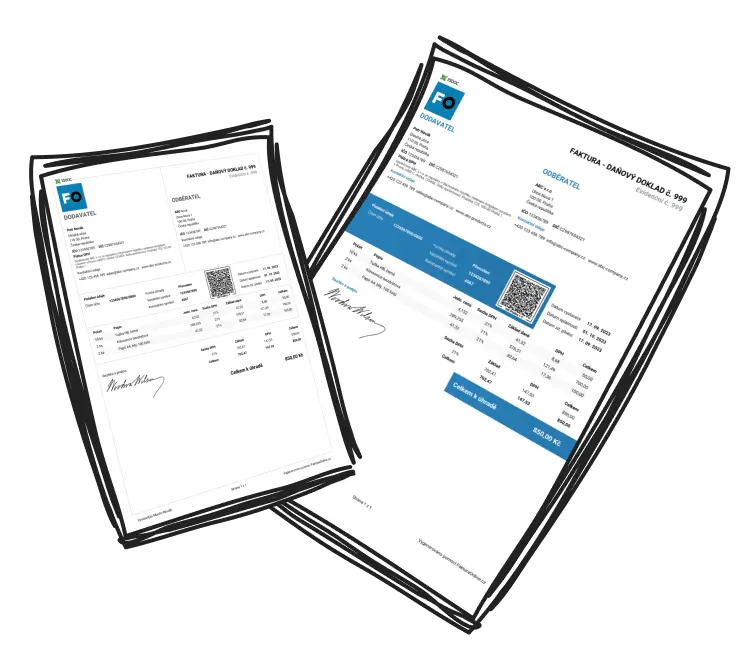What is the Difference Between a Quote and an Estimate?
Knowing the difference between a quote and an estimate can help you communicate clearly with your clients and set realistic expectations.
A quote is a fixed price offer for completing a specific task or service, with defined terms and conditions. Once accepted, it becomes legally binding, ensuring both parties adhere to the agreed-upon price, materials, and timeline.
An estimate, on the other hand, provides an approximate cost based on available information. It is not legally binding and allows for changes due to unforeseen circumstances or project adjustments.
Understanding these differences ensures you avoid miscommunications with clients and helps in building trust.
When Should I Provide a Quote or Estimate to a Client?
Learn when selecting between a quote or an estimate enhances client interactions with these insightful examples:
-
Provide a quote:
- When the project scope is clear and predictable.
- For fixed-price services or products (e.g., painting a standard-sized room).
-
Provide an estimate:
- When there are unknown variables in the project (e.g., home renovations with possible structural challenges).
- For tasks with fluctuating costs based on materials or labor.
Knowing the right time to offer each document helps set accurate client expectations and protects your business.
How Do I Decide Whether to Use a Quote or Estimate for a Project?
Follow these steps to ensure you choose the right document for any project:
- Review client requirements: Determine if they expect fixed pricing or a flexible estimate.
- Evaluate project scope: Is it clearly defined or subject to potential changes?
- Consider complexity: Fixed deliverables favor quotes; variable ones favor estimates.
- Factor in your experience: Apply quotes confidently if you’ve handled similar projects before.
- Discuss with the client: Confirm their preference to ensure mutual understanding.
By carefully assessing these factors, you can align your approach with both project needs and client expectations.
What Are the Key Differences Between a Quote and an Estimate?
| Aspect | Quote | Estimate |
|---|---|---|
| Accuracy | Precise, exact pricing | Approximate, subject to change |
| Legal Binding | Binding once accepted | Non-binding |
| Flexibility | Fixed terms | Adjustable based on variables |
| Purpose | Finalized cost for the project | Preliminary cost projection |
This clear comparison can eliminate confusion and help you choose the right document for every situation.
Can Using the Wrong Document Impact a Client’s Decision?
Choosing the wrong document, be it a quote or an estimate, can cause major misunderstandings, project delays, and harm client relationships:
- Miscommunication risks: A client may mistakenly expect an estimate to be fixed or a quote to be flexible.
- Erosion of trust: If expectations are misaligned, it can damage relationships and reduce the likelihood of repeat business.
- Practical example: For instance, presenting an estimate for a straightforward task like replacing a window when a client expects a fixed quote might cause frustration when the price increases.

Warning
Always tailor your documentation to the project to ensure clarity and maintain trust with your clients.
Choosing the Right Document Builds Trust and Success
Recognizing the distinct roles of a quote and an estimate is essential for aligning expectations, boosting client satisfaction, and ensuring project success.

Tip
When in doubt, clarify expectations with your client before choosing between a quote or an estimate.
Carefully selecting and presenting the right document fosters trust, professionalism, and long-term client relationships, ensuring every project starts off on the right foot.

